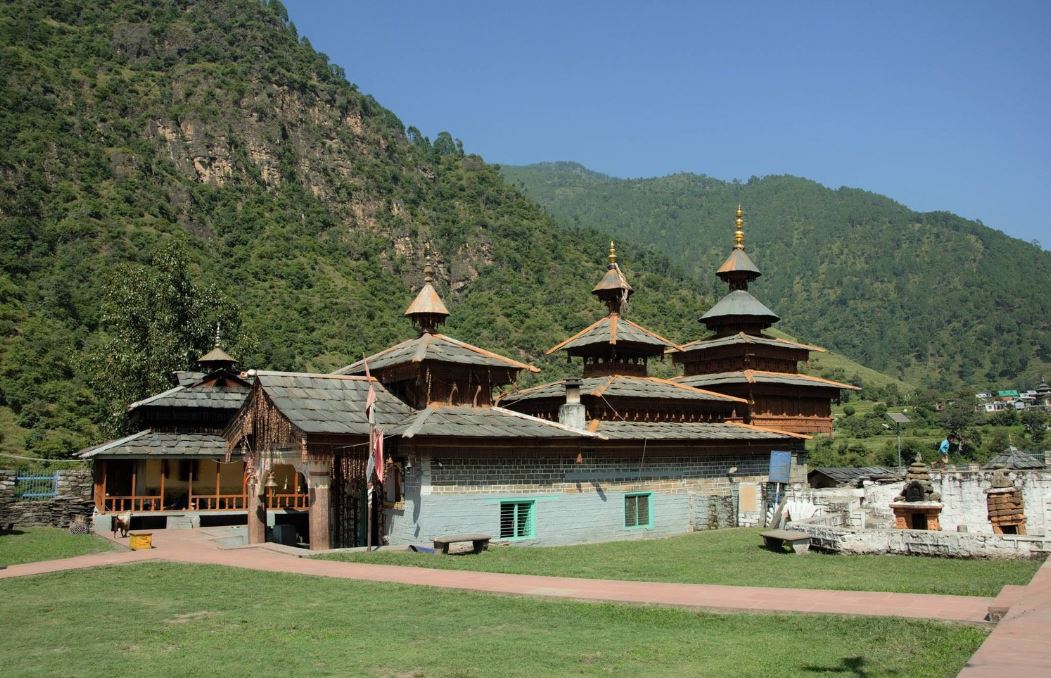Jaunsar Bawar Village : Jaunsari constitutes a compact community residing primarily in the foothills of the western Himalayas, situated approximately 85 km from Mussoorie in the Chakrata tehsil of the Dehradun district. This area is inhabited by both the Jaunsaris and Bawaris. Formerly known as Panchaldesh, Uttarakhand derived its name from the Pandavas, as per local folklore. The Tons valley’s anthropology is interwoven with tales of the Pandavas and Kauravas, with certain families asserting direct lineage from these ancient clans. The Jaunsaris claim descent from the Pandavas, while the Bawaris trace their roots to the Kauravas or Duryodhana’s clan.
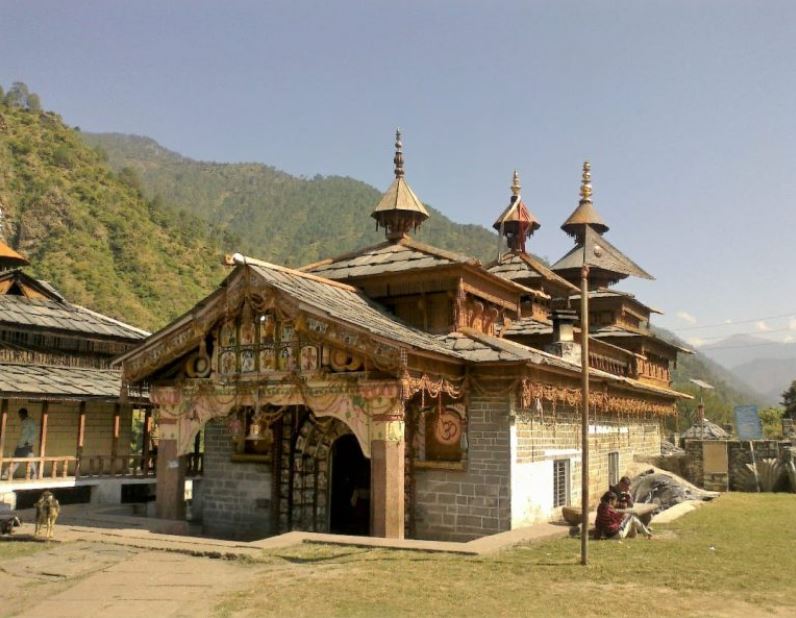
The language spoken in Jaunsar Bawar Village, also called Jaunsari, differs subtly from the cultures of the Garhwali and Kumaoni communities in Uttarakhand. Throughout its history, this region has been under the control of various rulers and dynasties, including the Sirmaur dynasty, Jubbal, Ashok (Kalsi), and the mythical Pandavas. The distinct cultures of the Jaunsaris and Bawaris rarely intersect, and occurrences of intermingling through marriage or social customs are infrequent.
Things to know about Jaunsari people & Jaunsar Bawar Village
Jaunsar, alternatively referred to as Jaunsar-Bawar (with “Jaunsar” denoting the lower Himalayan region and “Bawar” signifying the snow-clad area), is a distinct region within Uttarakhand. Jaunsar Bawar Village is positioned on the western side of the Yamuna River, adjacent to the Tons River. The inhabitants of this region are known as Jaunsari, and their language, also named Jaunsari, differs from that spoken in other parts of Uttarakhand. The customs and traditions observed by the Jaunsari people also set them apart.
While the majority of Jaunsar Bawar Village are located in the Chakrata tehsil of Dehradun, some border areas of Dehradun, such as certain villages in Uttarkashi and Tehri (specifically Rawai-Jaunpur), also adhere to the Jaunsari culture.
Jaunsari different from Garhwali and Kumaoni People
In reality, the distinctiveness stems from the geographical context. In the Himalayan region, traversing from one area to another was notably challenging in ancient times, resulting in considerable divergence in rituals and traditions over short distances, typically around 20–30 miles. Jaunsar Bawar Village, situated at the border of Uttarakhand and Himachal Pradesh, exemplifies this phenomenon. The proximity to Himachali traditions is evident, and the Yamuna River acts as a natural boundary, separating the western traditions from their eastern counterparts.
Customs of Jaunsari village
Villagers adorn themselves in vibrant traditional attire, showcasing the cultural richness of Jaunsar Bawar Village. They don garments like ‘Thalka’ or ‘Lohiya,’ a type of long coat. During festivals, fairs, and religious ceremonies, local residents engage in traditional folk dances such as Barada Nati, Harul, and Raso.
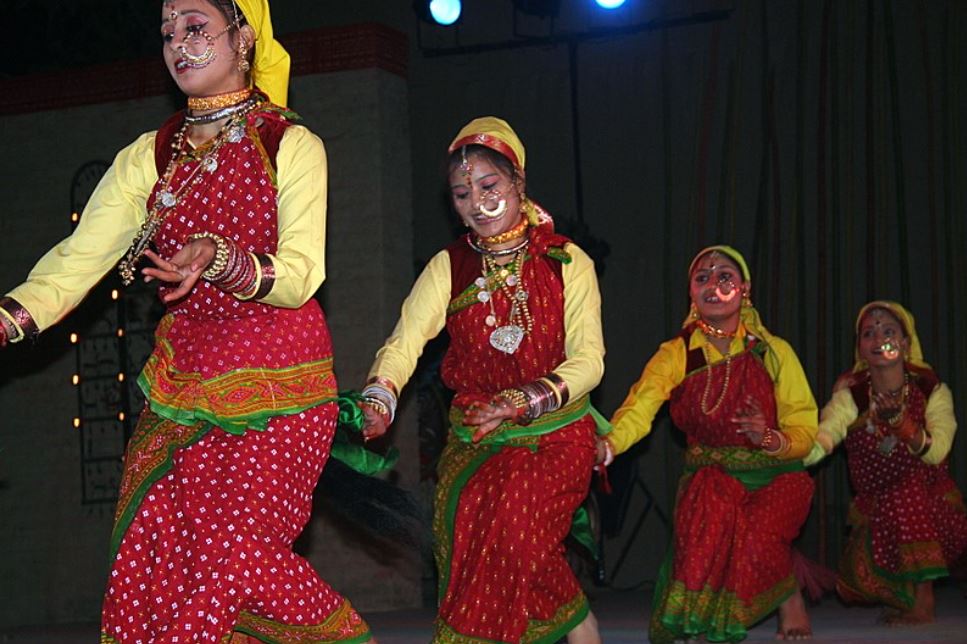
The Jaunsari caste system comprises three distinct categories: landowners, service-oriented individuals (including those in occupations or arts), and Brahmins (Hindu priests). One’s affiliation with a particular caste is predetermined by birth.
Livelihood of Jaunsari Bawar Village
The majority of Jaunsaris are engaged in agriculture, cultivating terraces on hillsides that yield modest crops twice a year. Their primary crops include potatoes and rice, complemented by various other vegetables. Employing fertilizer and a rotation system where the land is left fallow, they grow wet rice during the monsoon season, and dry rice, maize, millet, and wheat during the summer and winter months. Buffalo and goats are raised for meat, and cows for milk. The villagers sustain themselves on a straightforward diet of milk, lentils, a few vegetables, occasional fruit, and meat.
In extended families within villages, homes are loosely grouped and surrounded by farmland. Situated near rivers or springs, the villages are connected by footpaths, sometimes converging at a large tree used as both a meeting point for villagers and a resting place for travelers. The houses, often rectangular, feature stone and mortar walls, with roofs made of slate, wood, or thatch. Carved and painted doors, windows, and door frames add ornate touches. Typically multi-storied, these houses see residents on the upper floors while animals roam freely below.
Following Hindu customs, Jaunsaris usually marry within their caste. Children, whether born to landowners or servants, are generally well-treated. Breastfeeding may continue until the child is two or three years old. Various rites of passage include the first rice feeding, the first haircut, puberty rites for girls, and sacred thread ceremonies for boys. Starting around eight years old, children contribute to domestic chores, with girls assisting in childcare, water hauling, and food carrying for animals, while boys tend to the animals.
Among landowners, both men and women share farming duties. Men use animals for plowing and sowing, while women handle manure for fertilizer and grain sifting and grinding. Women also care for children, cook, manage households, and tend to animals, while husbands focus on building homes and trading goods outside the Jaunsar Bawar Village. In lower-caste families, men typically work in specified occupations.
Jaunsar Bawar village beliefs
The majority of Jaunsaris identify as Hindus, though they are not as rigid in their beliefs as many other Hindus. They hold beliefs in ghosts and demons that are thought to inhabit crossroads and rivers, and they regularly make offerings to appease these spiritual entities. Brahmins, who are Hindu scholars and priests, play a crucial role in performing important domestic rituals and providing teachings to the community.
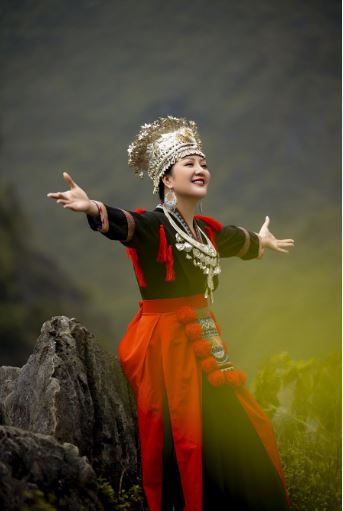
In the Jaunsar Bawar village region, the most revered deity is Mahasu Devta. Virtually every village boasts its own Mahasu Devta temple, with members of the Mahasu family of deities including Botha Mahasu, Pabasik Mahasu, Basik Mahasu, and Chalda Mahasu. These four sacred brothers are akin to the Pandavas. It is believed that Mahasu is an incarnation of Lord Shiva.
Unique Custom followed by Jaunsar Bawar Village
- A woman with her five husbands:
In Jaunsar, polygamy and polyandry were once widespread practices. Wealthier tribesmen tended towards polygamy, while their less affluent counterparts engaged in polyandry, also known as ‘Fraternal Polyandry,’ where two or more brothers shared a wife. However, anthropological studies from the 1990s indicate that these practices were gradually diminishing, giving way to monogamy. More recent studies suggest that such practices are no longer observed in the present day. - Bride’s price:
Jaunsaris adhere to a distinctive custom known as the bride price, grounded in the belief that parents invest significantly in raising, educating, and nurturing their daughters. As daughters contribute to household chores, family care, and farm work, they are considered valuable assets. When a man wishes to marry a woman, he is required to pay a fair price as compensation for taking away this asset from the family. Notably, Jaunsari culture embraces divorce without stigma, and divorced women are not socially ostracized. However, should a divorced woman choose to return to her paternal home, her family is obligated to reimburse the bride price to the man’s family. Additionally, if a woman divorces her husband to marry another man, the second man is expected to pay a higher bride price to the first man’s family.
Festival of Jaunsar
Maroj Festival in Jaunsar-Bawar is a significant event. During Magh Mela, villagers engage in the ritualistic sacrifice of an ogre known as ‘Maroj’ to their deity. According to local legend, it is believed that Maroj haunted the valley for an extended period.
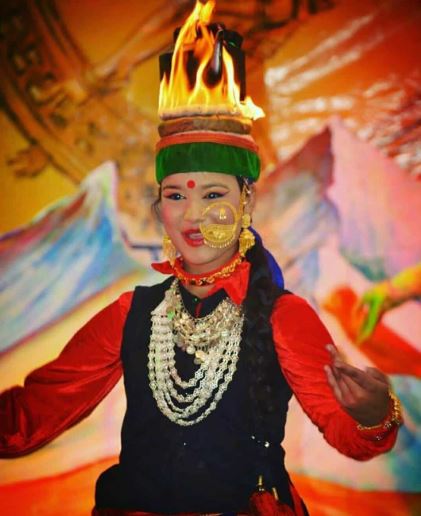
Dance and music hold a vital place in the Jaunsari community’s culture. During festivals, both men and women participate in rhythmic dances accompanied by melodious folk music.
Also read : Barshangarh Waterfall – A Hidden Waterfall In Shangarh
How to reach Jaunsar
By air: Nearest airport to reach jaunsar village is Jolly Grant Airport. From there you need to take cab to reach jaunsar village.
By Train : Nearest railway station to reach jaunsar village is dehradun railway station. It is 110 KM away from the jaunsar village. From there you can take cab or bus to reach jaunsar & chakrata hill station.
By Road : To reach jaunsar village first you have to reach dehradun or you can by pass dehradun and directly reach chakrata. You can take a hult in chakrata a beautiful cant. area and enjoy the scenic beauty of chakarata. Or you can straight go to jaunsar village which is approx. 15 KM away from chakrata and they journey will take approx. 45 minutes to reach.
Popular Tourist Places near Jaunsar Bawar Village
Popular tourist places near Jaunsar Bawar are
- Duryodhan Temple
- Jakhol
- Netwar
- Lunagad Creek
- Kharamba Peak
- Kanasar
- Tiger Fall

